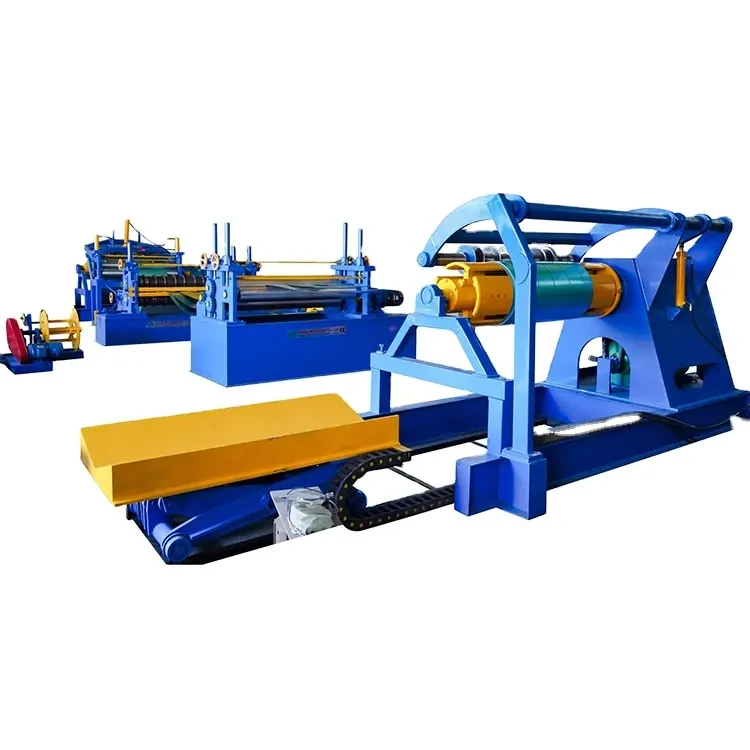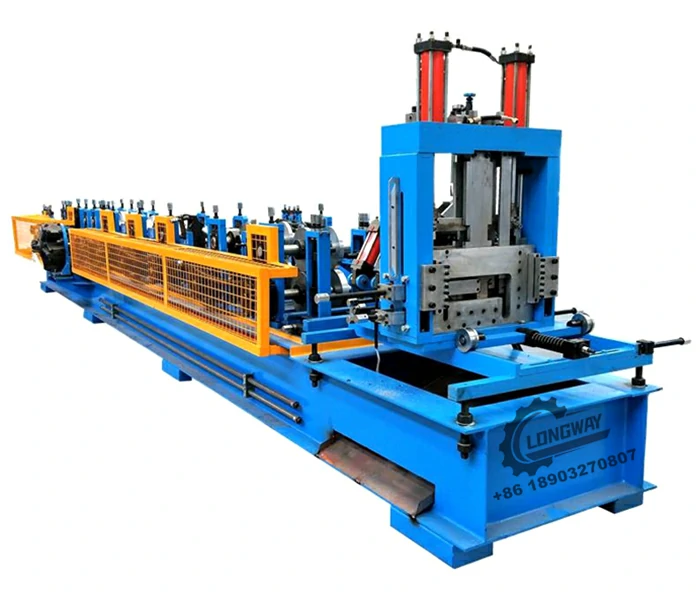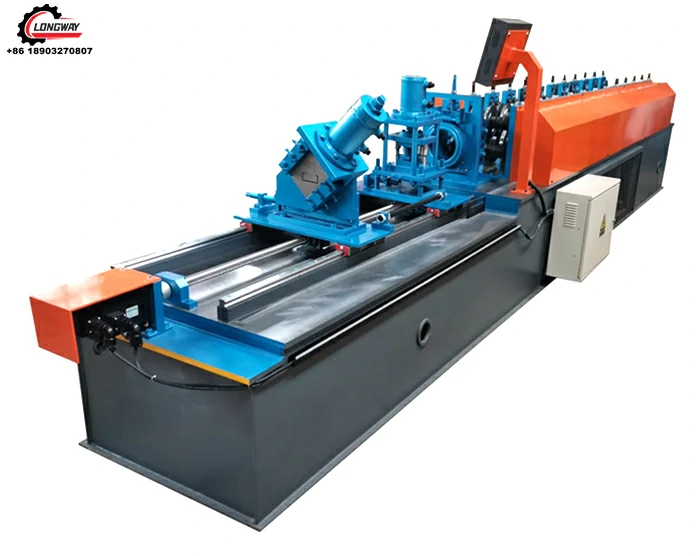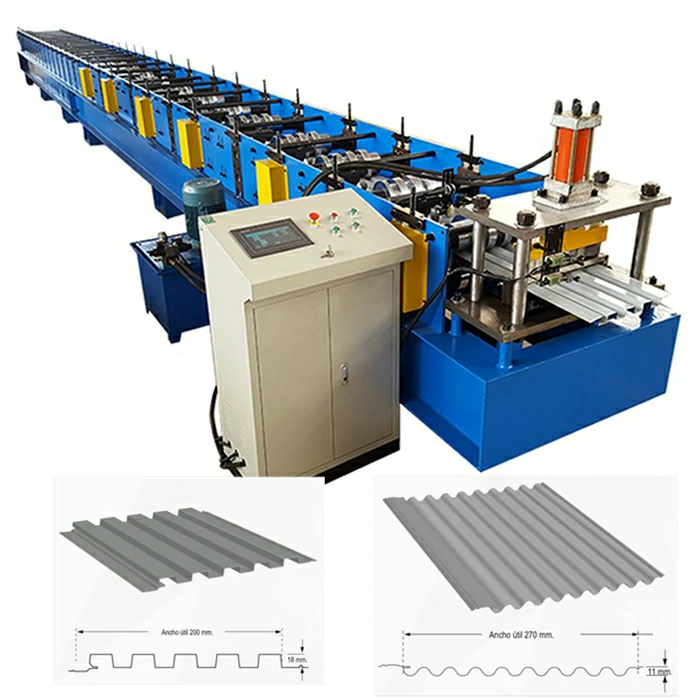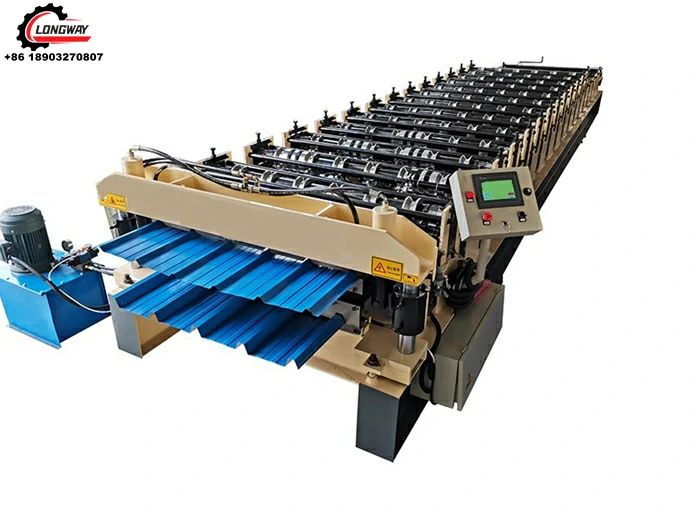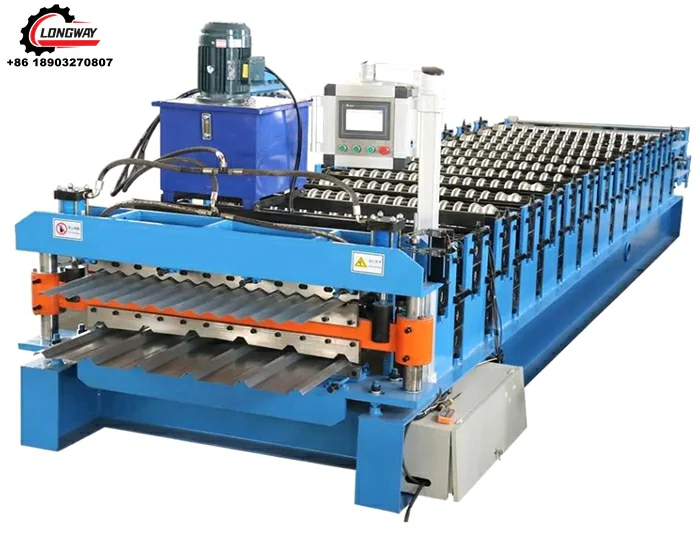Innovative Solutions for Custom Length Cutting and Efficient Production Line Management
Understanding the Cut-to-Length Line Process in Manufacturing
In the modern era of manufacturing, efficiency and precision are paramount. One of the innovative solutions that have emerged to enhance production capabilities is the Cut-to-Length (CTL) line. This technology is particularly crucial in industries where materials need to be processed into specific lengths before further fabrication or assembly, such as in the steel, aluminum, and timber sectors.
A Cut-to-Length line is designed to take large coils or sheets of material and cut them into shorter, predetermined lengths. This process not only streamlines production but also ensures that materials meet the exact specifications required for subsequent processing. The operation of a CTL line involves several key components uncoiling, straightening, cutting, and stacking.
Understanding the Cut-to-Length Line Process in Manufacturing
The heart of the Cut-to-Length line is the cutting mechanism. Various cutting technologies can be employed, including shearing blades, guillotine cutters, or laser cutting systems, depending on the material properties and thickness. The choice of cutting technology influences the quality of the cut edges and the overall efficiency of the operation. An effective cutting process ensures that each piece meets the specified tolerances and that waste is minimized.
cut to lenght line company
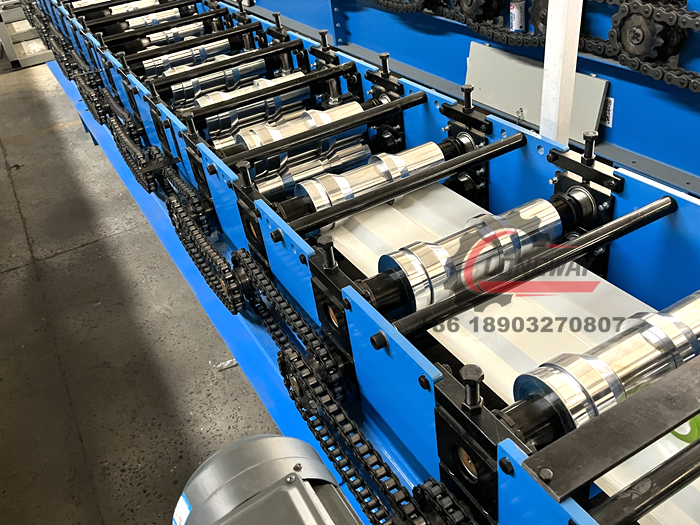
Following the cutting process, the material pieces are then stacked for ease of handling. This stacking can be automated to improve efficiency and reduce labor costs. Automated stackers can position the cut lengths neatly for quick retrieval or for integration into further production processes, such as assembly or welding.
One of the significant advantages of using a Cut-to-Length line is the reduction of waste. By precisely cutting the material to required lengths, manufacturers can significantly cut down on excess material that would otherwise be discarded. This not only lowers operational costs but also supports sustainability efforts within the production cycle.
In addition, CTL lines enhance overall production efficiency. The ability to produce tailored lengths on demand means that manufacturers can respond more flexibly to changing market needs and customer specifications. This adaptability is vital in a competitive market where customers often seek custom solutions without long lead times.
Moreover, advancements in technology have transformed CTL lines into smart manufacturing solutions. Integrating Industry 4.0 concepts, such as automation, IoT (Internet of Things), and real-time monitoring, can help manufacturers optimize the cutting process, monitor quality more effectively, and reduce downtime.
In conclusion, the Cut-to-Length line process plays a critical role in modern manufacturing. With its ability to enhance efficiency, reduce waste, and provide customized material solutions, it stands as a testament to how technology is driving progress in production methodologies. Companies investing in CTL technology are better positioned to meet the demands of the current marketplace, ensuring quality and adaptability in their manufacturing processes. As industries continue to evolve, the importance of such innovative solutions will only grow, paving the way for a more sustainable and efficient future in manufacturing.
-
the-role-of-hydraulic-systems-in-sheet-metal-slittersNewsAug.23, 2025
-
customization-options-in-metal-deck-roll-forming-machinesNewsAug.23, 2025
-
safety-tips-when-using-a-gutter-making-machineNewsAug.23, 2025
-
key-components-of-a-c-purlin-machine-explainedNewsAug.23, 2025
-
maintenance-tips-for-a-steel-angle-roll-forming-machineNewsAug.23, 2025
-
portable-metal-roofing-machine-applications-in-remote-constructionNewsAug.23, 2025
-
Roof Panel MachineNewsAug.18, 2025

